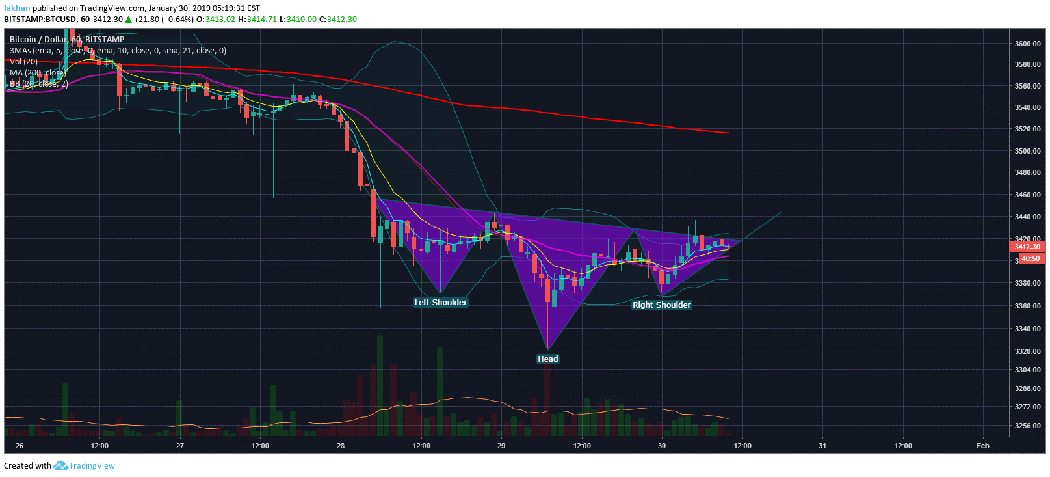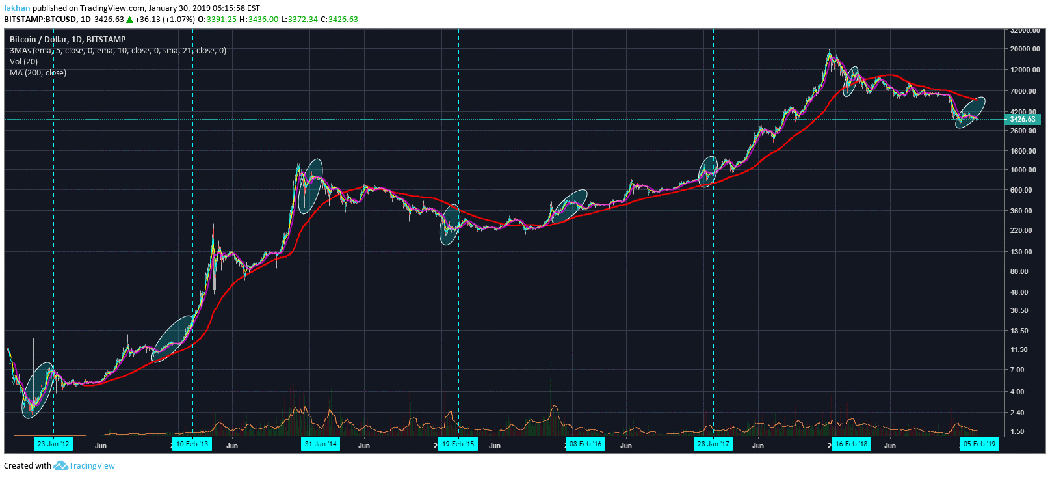Bitcoin (BTC) follows market cycles same as every other market. It is thus no stranger to seasonality and as we have seen in the past, BTC/USD has a way of rising and falling around certain times. One of such periods is the weeks before and after the Chinese New Year. Considering that we have a solid seasonality pattern that has been following year after year, it is surprising to see that very few people are talking about it. Even those talking about it are analyzing it in the wrong light trying to deduce whether Bitcoin (BTC) falls or rises before the Chinese New Year. Bitcoin (BTC)’s historical price action around the Chinese New Year shows the price both rising and falling in a certain manner that has repeated throughout its trading history.
The Chinese New Year of 2012 was on 23 Jan. If we look at the price almost four weeks before that date, the price was not rising, it was falling. This is because Chinese New Years are about sharing, celebrating and exchanging gifts. This means that investors cash out of their investments well before the New Year in order to have funds ready to partake in festivities of the New Year. Coming back to Bitcoin (BTC), we have seen this pattern repeat every single year. The price falls almost four weeks before the Chinese New Year. Previously, it might have actually been because of Chinese investors cashing out of Bitcoin (BTC) but after China’s aggressive bans on Bitcoin (BTC) and other cryptocurrencies, it is unlikely that this is a direct result of Chinese selling. In fact, professional investors just picked up this pattern to stay on the safe side and thus it kept on repeating.

Every single year in Bitcoin (BTC)’s trading history the price has declined almost four weeks before the Chinese New Year. However, interestingly enough, it has also rallied in the days close to the Chinese New Year as smart money takes the opportunity to accumulate. Seasonality analysis shows that the price of Bitcoin (BTC) has also rallied every single time close to the Chinese New Year. Even when Bitcoin (BTC) topped out and started to decline aggressively in January, 2018, the price still recovered close to the Chinese New Year and continued to rally after that for some time. At the moment, it seems that BTC/USD is stalling an imminent rally to the upside but we are likely to see one close to February 5, 2019 (Chinese New Year). The inverse head and shoulders formation visible on the 1H chart would have already come to fruition if we were in 2012 or 2013.
However, this is 2019 and the Bitcoin (BTC) market today is marred by the same manipulation that we see in other major markets. The fact that the combined cryptocurrency market is valued just over $100 billion makes this manipulation a lot easier. Despite the absence of a sophisticated derivatives market for cryptocurrencies, market makers still have plenty of options to hedge their bets and safeguard their long term interests while they manipulate the price short term. As the cryptocurrency market continues to mature, we will continue to see more signs of sophisticated manipulation. So, the inverse head and shoulders that used to take two attempts to come to fruition might then take twenty and it might not be as easy to make money trading as it is now.
Investment Disclaimer






